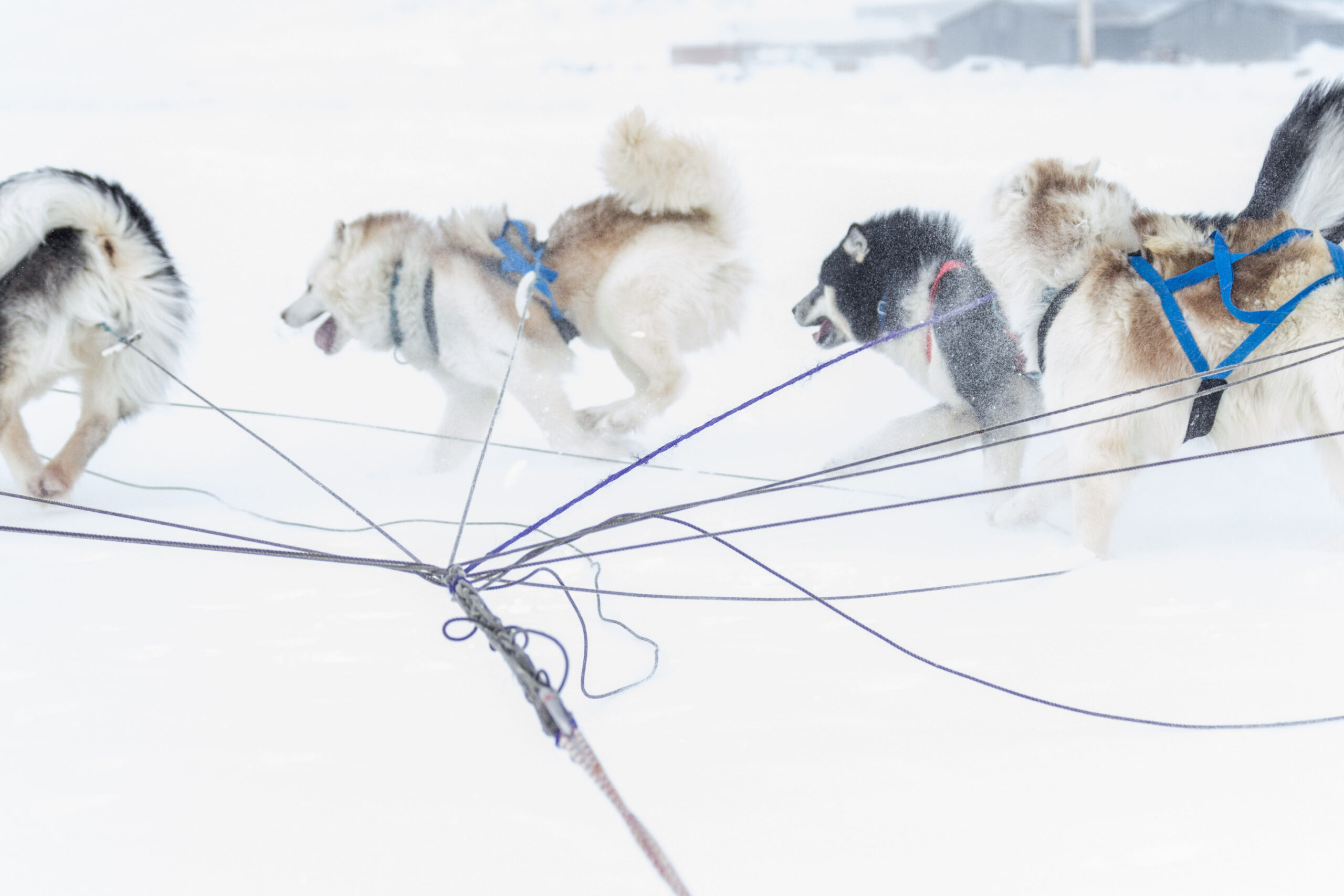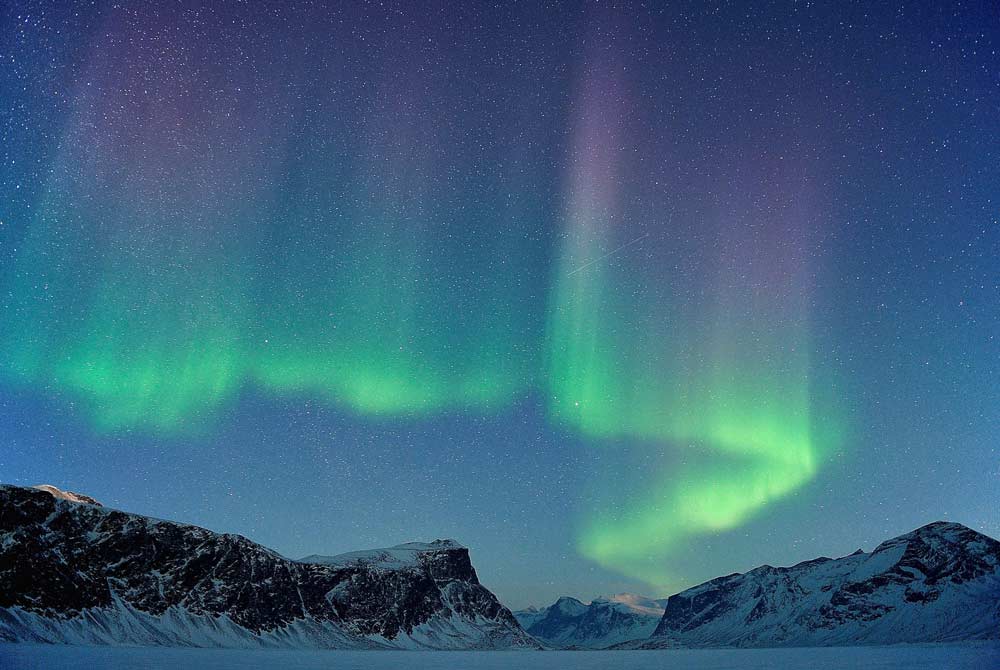Called ‘Sanirajak’ in Inuktitut, this is the oldest known permanently inhabited community existing north of the Arctic Circle.
It faces south toward the fertile waters of Foxe Basin. For thousands of years, the local people have enjoyed and benefited from the yearly arrival of large herds of sunbathing, squabbling ivory-tusked walruses of enormous girth and tooth.
The local hunters say that you will see creatures here that you just won’t see in many other parts of the circumpolar world. A happy sense of community here warmly welcomes you and draws you deeply into the local Inuit culture.
748
92% Inuit
Inuktitut, English
Longitude 81° 13’ W
Latitude 68° 46’ N
Elevation 8m
Flat, seagoing beach ground
Weather & Climate
During the warmer months of July through September the temperature gets as high as 20°C sometimes, averaging around 10°C. In the wintertime, the temperature can drop to -30°C.
| Average Temperature in Sanirajak | |||
|---|---|---|---|
| January | -32oC | February | -33oC |
| March | -29oC | April | -20oC |
| May | -9oC | June | 1oC |
| July | 6oC | August | 5oC |
| September | 0oC | October | -10oC |
| November | -20oC | December | -28oC |
HISTORY
In ancient times, the Thule people (pronounced ‘too-lee’) inhabited the region surrounding Hall Beach. They are the direct ancestors of the Inuit people living here today. Nearby archaeological sites of the Thule culture — including ancient tent rings of stone, sod houses, food cache sites and graves — are still being discovered to this day.
First contact with Europeans happened in 1821, when British explorers William Edward Parry and George Francis Lyon arrived in two Royal Navy ships, the Fury and the Hecla. The narrow strait that divides Melville Peninsula from Baffin Island, which is jammed with ice for most of the year, is named after these two vessels.
The community of Hall Beach was formally recognized as a hamlet in 1957, following the construction of a NORAD Distant Early Warning (DEW) station here. The military base attracted people to this area with the promise of jobs and trade.
After the Cold War ended, the DEW station was eventually decommissioned. The local Inuit men have always continued to hunt and fish in this area to provide their families with nutritious foods, tools, art supplies and clothing materials.
ACTIVITIES AND WILDLIFE
Snowmobiling and dog sledding excursions are very popular activities for visitors here, also cross-country skiing and hiking, yet the greatest attraction for many people who come to visit Hall Beach is the incredible diversity of arctic wildlife species to be seen and enjoyed here.
The nutrient rich waters of Foxe Basin are perfect for an abundance of walruses, seals, narwhals, belugas and bowhead whales. Polar bears are also commonly seen in this region.
In addition, they will happily escort you to a number of interesting historical places nearby — including a whale skeleton eight hundred years old, the wreckage of a WWII vintage bomber aircraft that crashed on route to the old DEW station, plus several archaeological sites with ancient Thule artifacts, transporting you back in time for a glimpse into the lifestyle of Inuit ancestors.
ARTS AND CULTURE
Sanirajak is a deeply traditional community, which means that our unique Inuit culture completely envelops you from the moment you arrive. You will be immersed in our special arctic way of life while still being able to enjoy most of the modern amenities that you have at home.
Parks
There are no territorial or national parks located near Sanirajak.



